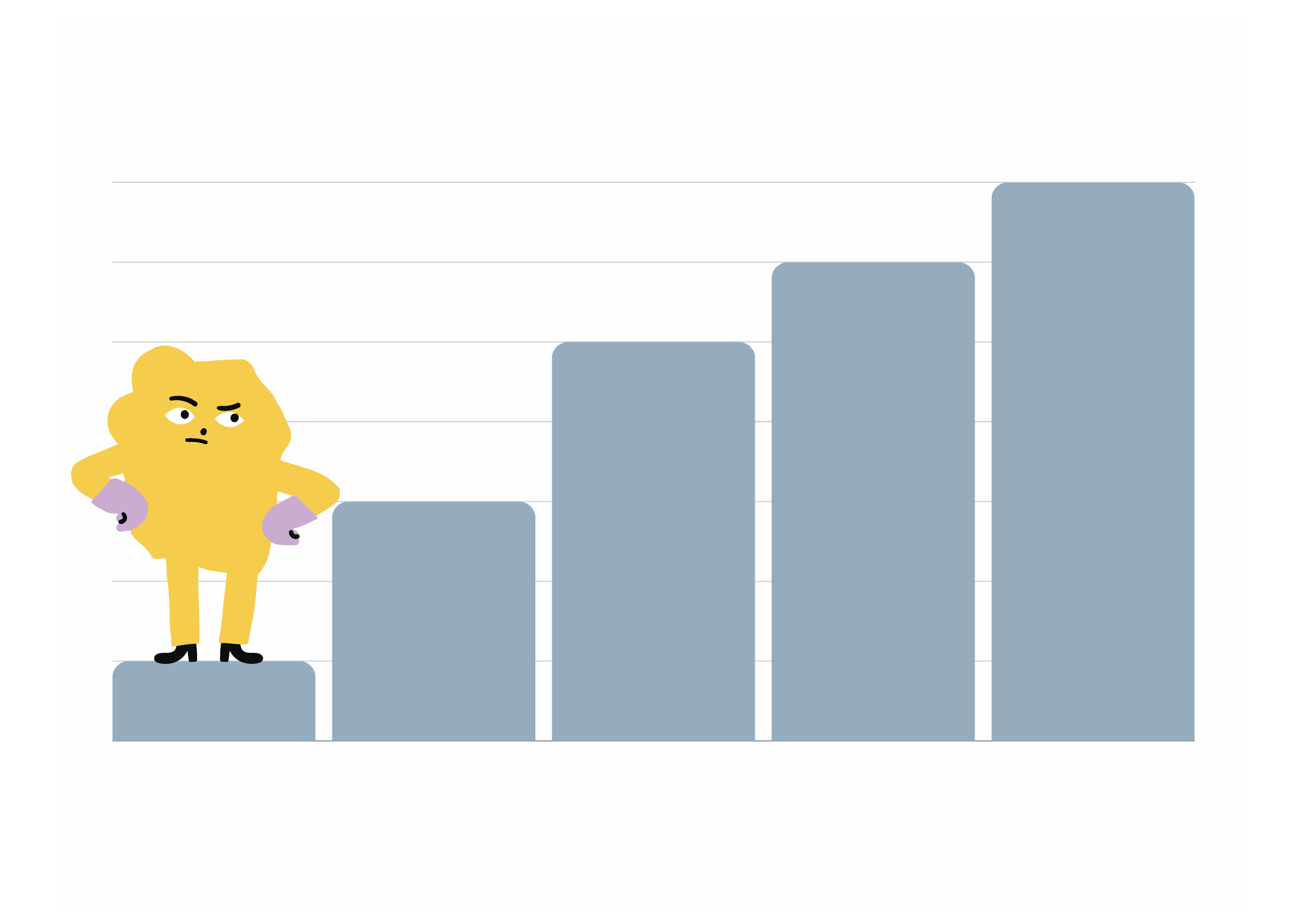How the bubble wrap packaging market is changing
In 1957, inventors Alfred Fielding and Marc Chavannes were trying to design a three-dimensional wallpaper when they accidentally developed what we all now know as bubble wrap.
Since the 1960s when the pair discovered the plastic material is effective for packaging fragile items and co-founded Sealed Air Corporation, the use of bubble wrap has only grown.
There is a shift happening, though. Consumers and companies are increasingly aware that using plastic is not sustainable, so they’re turning to better options for their protective packaging needs.
Let’s break down the current state of bubble wrap packaging and highlight a few newer, sustainable alternatives for brands looking to reduce their plastic use.
The past and the present of bubble wrap packaging market
Bubble wrap packaging took off because it filled a very specific gap in the market: protective packaging for delicate products. It evolved to accommodate different protective needs, too: big and little bubbles, wide and short sheets, large and short rolls.
Major market players such as Veritiv Corporation and Jiffy Packaging Co. continuously launch new products, such as bubble wrap pouches designed specifically for certain products or segments, e.g. electronics.
In 2022, the global bubble wrap packaging market size was valued at around USD 2.91 billion and is projected to reach USD 4.07 billion by 2031, according to research by Growth Market Reports.
Notably, emerging economies are driving this growth as rising disposable incomes and improved living standards fuel the demand for protective packaging solutions.
The Asia-Pacific region makes up the biggest part of the global market, with a share of 36.25% in 2023, driven by rapid growth in ecommerce and manufacturing activities. India, particularly, is setting the pace with its booming ecommerce sector. According to the India Brand Equity Foundation, India is on track to overtake the US as the world’s second-largest ecommerce market by 2034.
How much bubble wrap is produced every year?
Different blogs claim that up to 240,000 miles—enough to wrap around the Earth’s equator 10 times. While we did not find a credible source for this stat, we know 2.91 billion dollars can buy a whole lot of bubble wrap.
This figure speaks to how widely used the material is, but it is also a worrying statistic, considering the negative impact of plastic.
Fact check:
Plastic production generates greenhouse gas emissions at every stage of its lifecycle: from burning fossil fuels to make it to the end of life — which often is incineration for hard-to-recycle plastics like like bubble wrap.
Just 2% of plastics are recycled into products with a similar-level function. Another 8% are “downcycled”. The rest ends up in landfills, leaked into the environment (even the ocean, where it’s a major threat to the survival of wildlife) or incinerated.
Plastic waste takes up to 500 years to decompose. Even then, it never fully disappears – it just gets smaller and smaller. Thanks to its low-density polyethylene film (LPDF) composition (the same thing plastic bags are made of), bubble wrap is also notoriously challenging to recycle. It gets stuck in recycling machines and has to be disposed of separately.
What about the future of bubble wrap packaging?
After taking off during the 2020 COVID-19 pandemic, ecommerce growth is not slowing down. Global parcel volumes are growing every year, expected to reach 256 billion parcels in 2027, up from 161 billion in 2022.
Will continuous growth in the industry mean similar revenue growth for ecommerce packaging, including plastic bubble wrap? Maybe, but not necessarily.
Despite being dirt-cheap and readily available, many believe that we can expect a slow but certain reduction in the use of plastic, including bubble wrap packaging.
With a greater push for sustainability and more awareness about climate change and the effects of fossil fuels on the environment, more and more businesses and consumers are turning away from plastic packaging. There’s also an indication that policies are catching up with the sustainability wave.
Some examples that indicate the heyday of bubble wrap might just be over:
Browse through any major retailer’s sustainability report, and you’ll find goals to stop using plastic packaging in the very near future. For example, one of the biggest retailers in the world, LVMH has a “LIFE 360 program” that aims to eliminate plastic from packaging by 2026.
In regions like Europe, new laws from policymakers are also nudging brands to switch to more sustainable packaging options. More consumers are also taking a stand against plastic use.
According to research by Trivium Packaging, 86% of consumers under 45 say they’re willing to pay more for sustainable packaging (although in some real-life cases, we’ve seen it’s a notably smaller percentage of consumers that puts their money where their mouth is).
Sustainable alternatives to plastic bubble wrap packaging
What other sustainable options are available if we’re all moving on from plastic bubble wrap? Plenty! We’ve definitely noticed a wave of new innovative sustainable packaging companies pop up, and even the paper packaging industry is growing,
Paper alternatives to bubble wrap are very common, ranging from paper bubble wrap to paper mailers and even honeycomb paper wrap.
What we’re excited for, though, are new sustainable packaging materials that can reduce our dependence on both plastics and cutting trees. A few such examples include mushroom and seaweed packaging — and some of these can be indeed used to make sustainable alternatives to bubble wrap.
Here at Woola, we’re replacing bubble wrap with packaging made of ethically sourced, low-grade leftover wool. Importantly, we’ve made sure our packaging looks good – because we know that if we make sustainability attractive, we’ll be able to get even more people to ditch plastic.
Our most popular products, the Wool Envelopes, replace the need for bubble wrap mailers – so they’re especially handy for ecommerce retailers. If you’re interested in using our products for your business, we’d be happy to offer you free samples.
The outer part of our envelopes is made from recycled paper, and because we don’t glue the wool and paper together, you can easily separate them for reuse or recycling.
We might be on the verge of a shift
Plastic bubble wrap has been the go-to protective packaging for decades. We think it’s high time we pop that bubble and move away from it.
For those looking to explore more about sustainable packaging and the search for alternatives to bubble wrap, visit our related blog posts: Sustainable Packaging Statistics and Bubble Wrap Alternatives.
P.S. If you’re looking for a good-looking sustainable bubble wrap alternative, give Woola a shot. We offer free samples to interested businesses – request free samples here.





